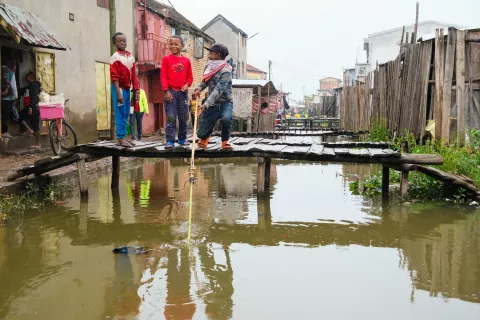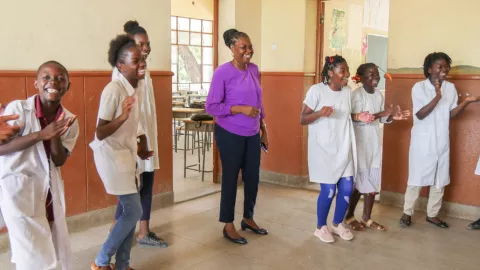The Sale and Sexual Exploitation of Children: Migration
Post-expert consultation brief, 2020

About
36.1 million children were international migrants in 2018 alone, often forced to move for a range of reasons, with or without families. Children who are migrating, especially if unaccompanied, face increased risk of being subjected to violence, including sexual violence, exploitation, and human trafficking. Their vulnerability is exacerbated by limited access to safe migration pathways, services, and justice. When they reach a destination country, they may encounter other difficulties, such as discrimination and limited access to basic services, making them extremely vulnerable to sale and sexual exploitation.
Migrant children face harsh realities that are characterized by multiple intersecting and overlapping issues. Even though they may show resilience and agency in dealing with difficult circumstances, the emotional, mental, and physical toll of uncertain and often arduous journeys may undermine their ability to protect themselves, making them even more vulnerable to violence, abuse, and exploitation.
Children left behind when families, especially one or both parents, migrate also face additional (and often hidden) vulnerabilities, and need to be included in research, policies and actions.
While various Conventions, Protocols, and Compacts offer some protection to migrant children, more needs to be done, including: an integrated approach to complex vulnerabilities; improved access to information and education for children; risk mitigation through awareness campaigns and prevention mechanisms; adequate access to resources; and expanding national child protection measures to include children on the move and those left behind in the context of migration and displacement.





